Plant pots that rock
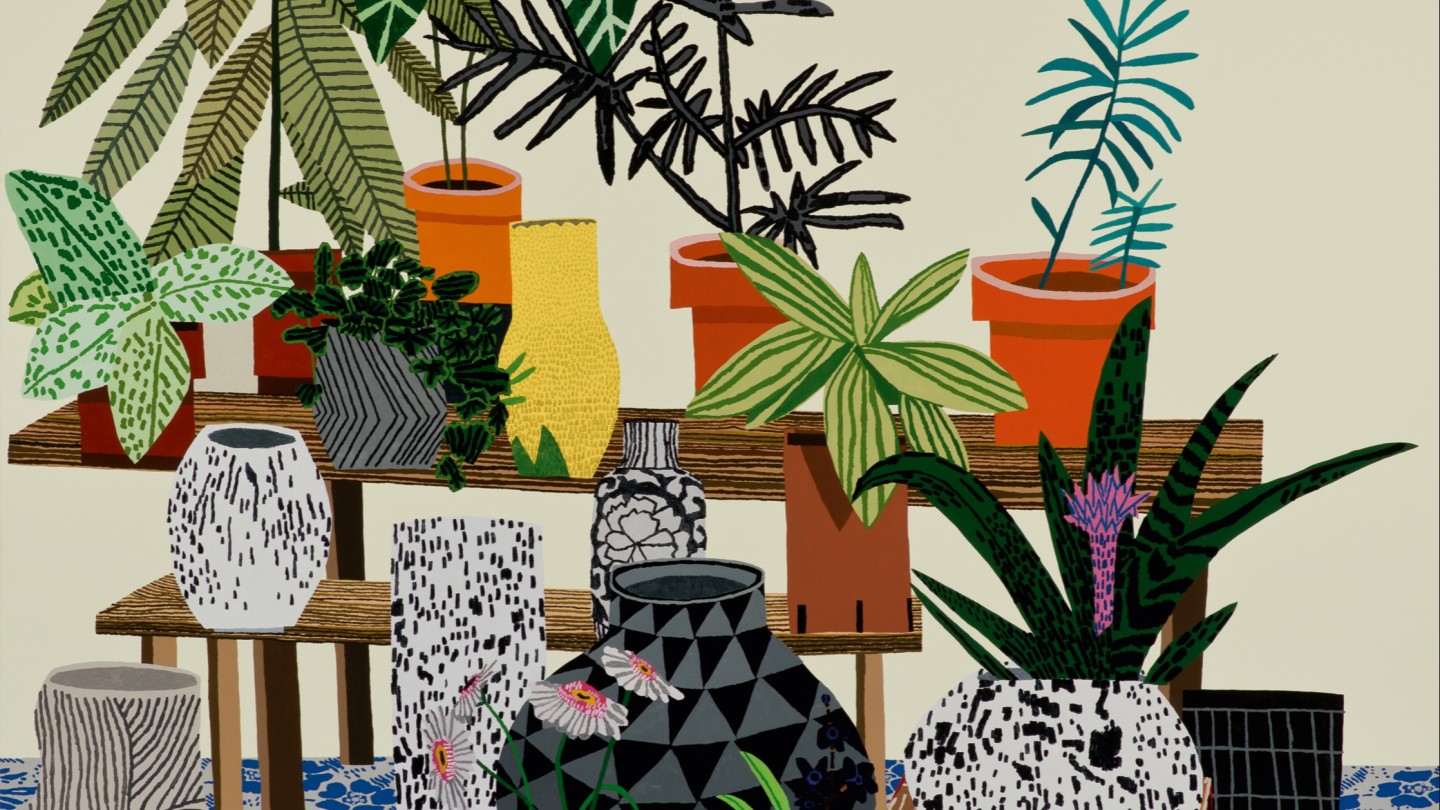
Roula Khalaf, Editor of the FT, selects her favourite stories in this weekly newsletter.
Following in the footsteps of craft beer, coffee and beards, the hipsterficaton of houseplants is in full swing; a Keep the Aspidistra Flying moment for the wellness generation. Millennials’ mission to boost happiness, purify the air around them and reduce domestic tech radiation through the superpower of plants has seen the #houseplants tag on Instagram clock up over two-and‑a-half million posts (#plantstagram has over a million), while accounts such as @houseplantclub and @succulentcity have over 600,000 and 300,000 pairs of eyeballs glued to their posts. Witty‑titled books abound, from The Healing Power of Plants: the hero house plants that will love you back to Urban Jungle: living and styling with plants. Subscription and delivery services such as the UK’s Bloombox Club and US site TheSill.com have emerged as houseplants’ answer to Uber. UK plant delivery service Patch has even set up a plant hotel, which, much like a pet hotel, nurtures your plants when you are abroad.
With this renewed foliage fascination, plant pots are having their moment in the sunshine, as hip horticulturalists look beyond garden-centre classics, and yearn for vessels that speak to contemporary aesthetics and chime with their interior design. This autumn, London-born, LA-based ceramicist Hannah Morrow, a former stylist and magazine designer, launched her Jupiter collection of plant pots in a palette of 28 deliciously pleasing-on-the-eye California-chic pastels, inspired by a personal quest to find the perfect powder-pink design. “I went to a David Hockney retrospective and was blown away by seeing the pool paintings in person, and thought, ‘Why don’t I make plant pots inspired by both the colours of California and the darker hues more representative of my UK roots?’” she says. Designs are made from coloured clay, mixed individually in batches and then slipcast into a mould, so the colour runs all the way through the pot. The clay is vitrified (waterproof) so there’s no need for a glaze, creating a super-matte but very smooth finish.
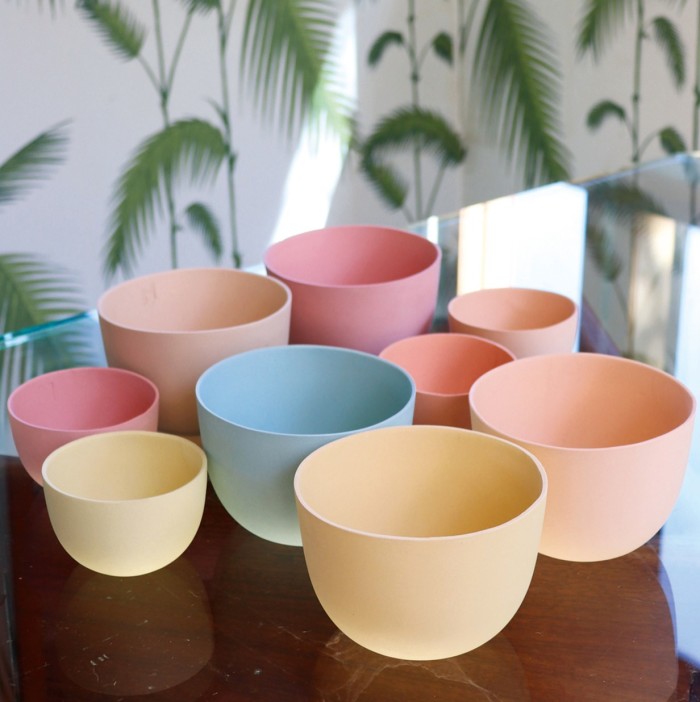
“A lot of people like to display different colours as a group,” she continues. “Rather than just buying one, they like the fact that they look good together, often without a plant. They also group them on dining tables as a centrepiece, or as vignettes around their home.” Of finding the perfect pot for a plant, she says: “You can pick the pot colour around the plant, so a lovely green plant can look great in a contrasting colour or another green.” In hers, she most often places cacti and succulents, “since I live in California, I’m a little biased…”
“People are increasingly working houseplants into their interior design schemes,” agrees Somerset-based designer Nick Fraser, and like to pair them with pots with interesting shapes and patterns, by interesting designers and with a story to tell. Fraser’s gorgeously angular terracotta 3D-printed pots – which he fills with aloes, palms and asparagus fern – were inspired by Dutch architect Rem Koolhaas’s distinctively faceted Casa da Música in Porto, Portugal. Like that building, Fraser wanted to create something that looked completely different from every angle – as well as to take terracotta pots in a new direction, contrasting their earthy form with more modern geometric angles.
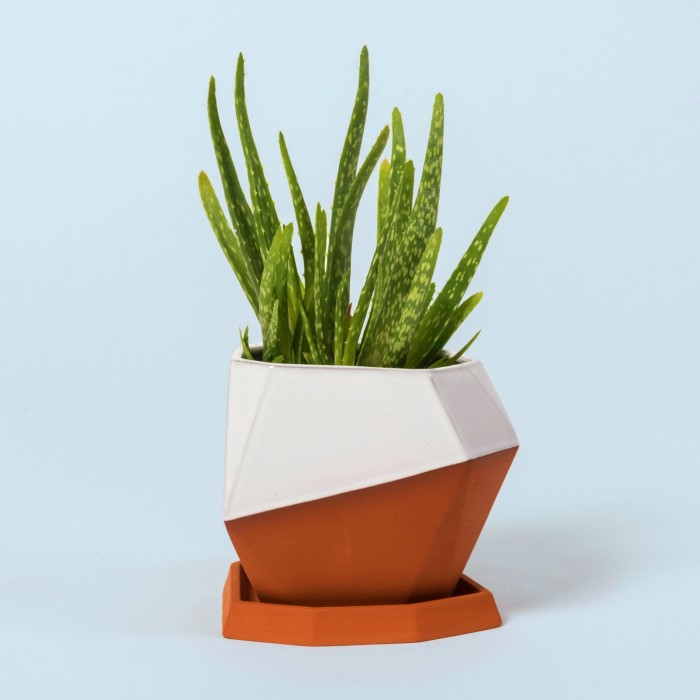
“It’s been fascinating to be part of this new shift in plants and interiors,” says London designer Louise Madzia, who creates traditional slab-built pots (where clay is rolled out by hand, painted, then fired) with plants in mind: “The verdant colours of houseplants are a perfect contrast to my minimal and monochrome pots.” Designs are inspired by “the interiors in Eric Rohmer films and those of favourite artists: Agnes Martin, Chris Ofili and Tal R”. Garden centres such as the RHS Garden at Wisley, centres of style across the world such as Le Bon Marché in Paris and Philadelphia store Yowie stock her pots, and fans include artist Rob Ryan and Fashion East’s Lulu Kennedy.
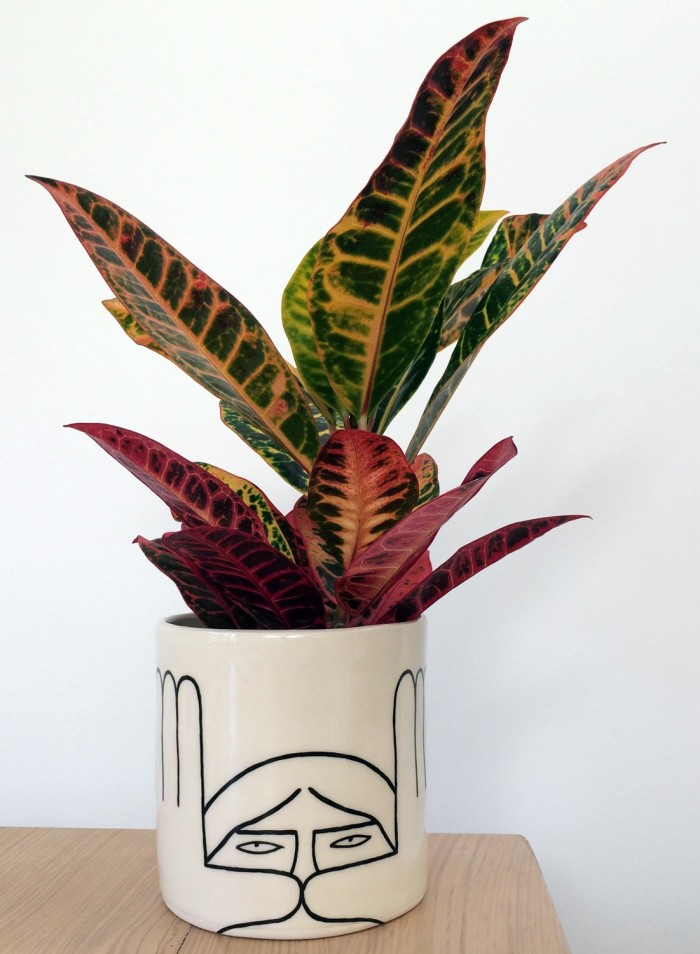
Indeed, the appetite for statement pots by independent designers has not gone unnoticed among a host of retailers – cult pop-up shop Darkroom stocks a selection of edgy Bauhaus-esque cubes with pops of colour in dynamic stripes, circles or triangles; cylindrical pots that evoke a sawn-off pipe; and conical hanging pots. And earlier this year, Soho Home, the interiors e-boutique offshoot of Soho House, commissioned ceramicist Ella Hookway to create a bespoke collection of inlaid, slab-built clay plant pots. Hookway had herself started collecting houseplants, and “wanted to find something more interesting to plant them in than the pots currently available at my local garden centre, so I started experimenting with ceramics and creating my own pieces,” she says. Her designs include those with oval Dalmatian spots (which she loves pairing with a Begonia maculata, a plant with spotted leaves) and others with Matisse-esque abstracted faces.
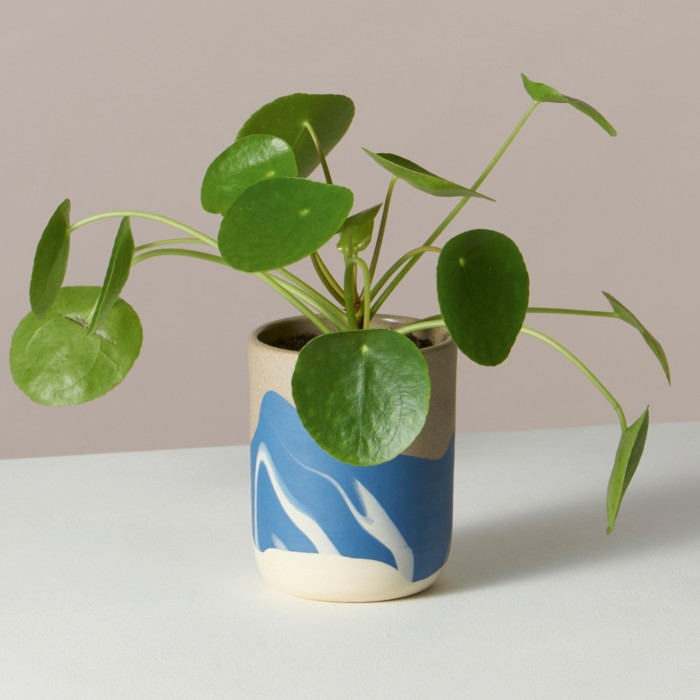
Collectable limited-edition collaborations can also be found at some of the more innovative plant subscription/delivery services, such as TheSill.com, which has worked with ceramicists including New York-based Helen Levi. On her own site, her dreamy plant pots – including the bluey Beach series, slipcast from three different stonewares marbled together, and the pale-pink, dark-green, black and white Meadow planter – make up the core ceramics collection. Some of the designs were the very first she made, over seven years ago, and sales have dramatically increased in recent years, much of these made up of pots bought as gifts. Less of a commitment for a ceramics lover than a full set of plates, they work well as a one-off buy. Levi also says that handmade plant pots can often feel less intimidating than handcrafted tableware – less likely to chip because it’s handled less, but if it does, the damage is easier to hide: “The plant won’t care…”
How to spend it on… botanical books
The best of the bunch
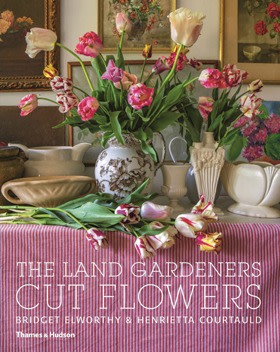
The Land Gardeners: Cut Flowers by Bridget Elworthy and Henrietta Courtauld (Thames and Hudson, £39.95)
This is a story of poetic joy, entrepreneurial chutzpah and of getting hands very dirty – both metaphorically and literally. Seven years ago, two friends, now known as the Land Gardeners, set out to revive the gardens at Wardington Manor in order to supply florists such as Scarlet & Violet with the opposite of hothouse flowers – “billowing, natural, autumnal blooms like cosmos and dinner plate dahlias… blowsy, wild and gloriously imperfect”. Through beautiful prose and images they tell their inspirational tale from the soil up, season by season, sharing their understanding of connecting with the land, working with nature not taming it, and cultivating a garden filled with laughter and life.
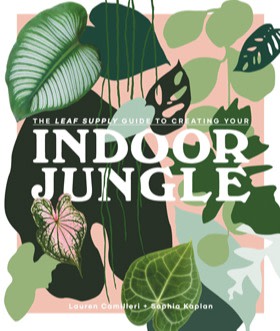
The Leaf Supply Guide to Creating Your Indoor Jungle by Lauren Camilleri and Sophia Kaplan (Smith Street, £25)
Curating and displaying a collection of houseplants can influence interior design as much as hanging incredible art, say the duo behind this new book, who run Sydney’s influential nursery and design store Leaf Supply. This follow-up to their eponymous debut book sees them embark upon a journey round the world, capturing the stylish arrangements of various plant lovers who have each created thriving indoor jungles, many in unusual ways – from multistorey layers of greenery to water-filled glass jars of plants. Practical tips, plant biographies and personal narratives make it an illuminating guide.
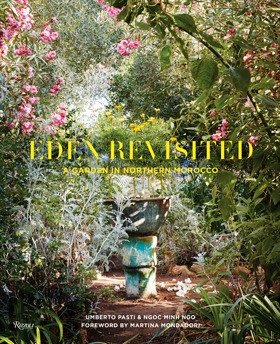
Eden Revisited: A Garden in Northern Morocco by Umberto Pasti and Ngoc Minh Ngo (Rizzoli, £40)
For over 20 years, Italian writer and horticulturist Umberto Pasti has been rescuing plants from construction sites around his home in Tangier and transporting them back to his garden, the world-famous Rohuna, a verdant haven where every corner tells a story – each rooted in the botanical diversity of the area. Here, there’s a lush pocket of plants redolent of the jungle foliage seen in the paintings of Henri Rousseau; there, a hillside cascading with Morocco’s most colourful flowers, all jostling for attention. Photographer Ngoc Minh Ngo’s portraits of the garden evoke its personality with kaleidoscopic vim.
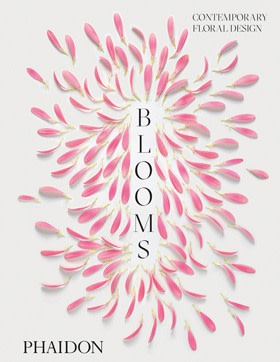
Blooms (Phaidon, £35)
Phaidon’s winning formula of asking leading creative forces, tastemakers and innovators to nominate a talent in a specific arena now sees the publisher turn its gaze on the world of floral designers. Work by an abundance (more than 80) of established and emerging names living in cities from London to Tokyo, Berlin to San Francisco makes for a visually luxurious tome as the arrangements and installations push the boundaries of the genre – from walls of flowers wending their way up sculptures, to Les Lalanne-style floral sheep hanging out by graffiti. Less practical guide, more fantasy indulgence, this is a visual feast of colour, creativity and the heart-soaring happiness that comes from flowers in their finery.
Comments